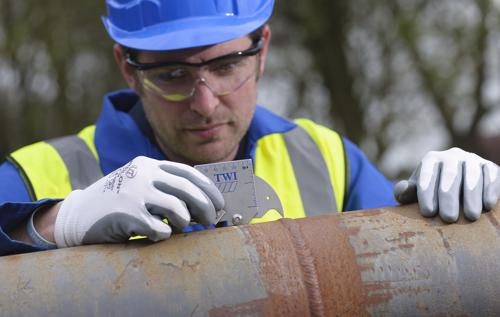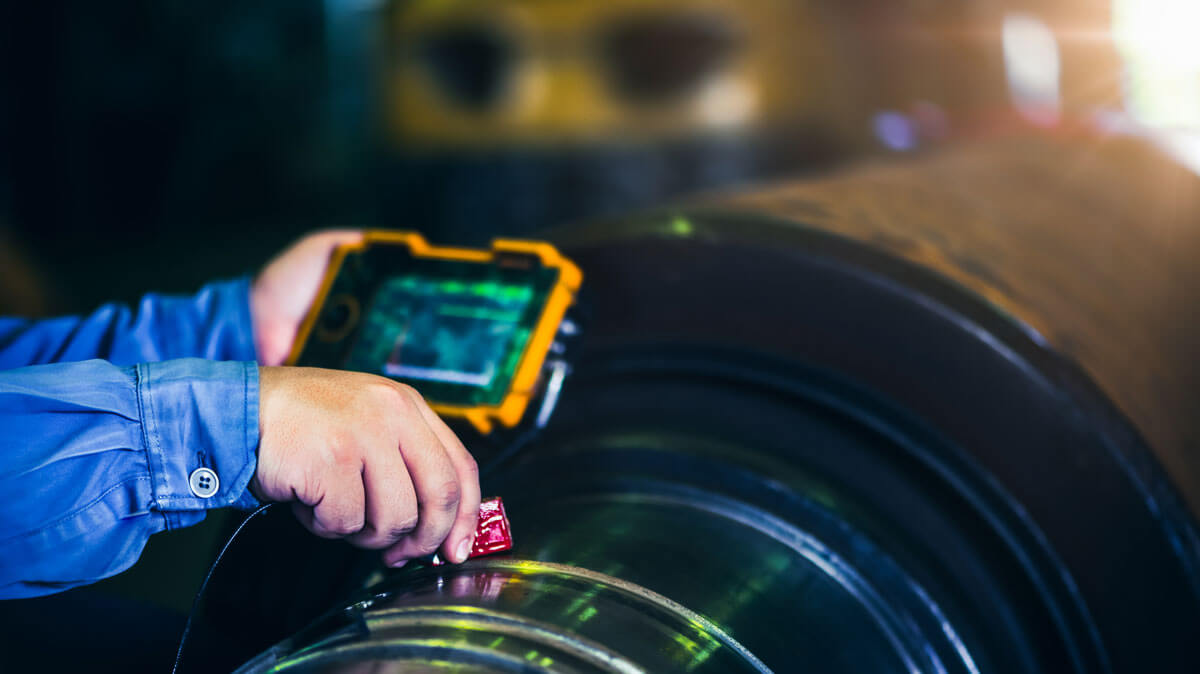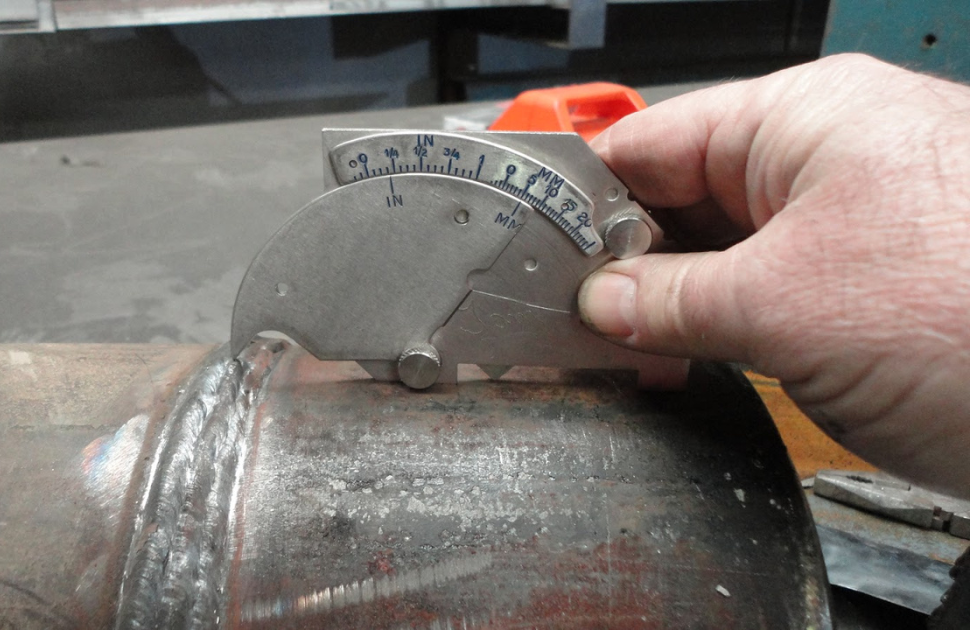Checking Out the Fundamentals of Welding Inspection: A Detailed Evaluation of Procedures, Devices, and the Value of Quality Assurance in Welding Industries
Welding examination serves as a keystone in the upkeep of safety and security and structural stability across numerous industries. Comprehending the effects of these practices increases vital questions about their performance and the future instructions of quality guarantee in welding.
Significance of Welding Inspection
Welding examination plays a vital function in ensuring the honesty and safety of welded structures. It functions as a methodical technique to evaluating weld quality, recognizing potential defects, and ensuring conformity with established standards and specifications. The value of welding assessment expands beyond plain adherence to policies; it is pivotal in securing human lives and protecting investments in infrastructure.
Defective welds can cause catastrophic failings, resulting in significant economic losses, injury, or loss of life. Strenuous inspection procedures are crucial to spot concerns such as inadequate infiltration, porosity, or cracks prior to they escalate right into essential failings. Furthermore, reliable welding inspection adds to the overall performance and durability of structures, making certain that they can hold up against the conditions for which they were made.
In addition, the execution of welding evaluation fosters a culture of top quality and accountability within the welding industry. By focusing on examination, companies show their dedication to excellence, thus enhancing their track record and competitiveness in the industry. Ultimately, welding assessment is not simply a procedural action however an essential element of design honesty and safety and security guarantee, vital for the successful implementation of welding tasks throughout numerous fields.
Key Inspection Processes
An extensive strategy to welding inspection involves a number of crucial procedures that are necessary for guaranteeing weld high quality and architectural integrity. The initial important procedure is visual evaluation, which allows examiners to recognize surface area issues such as splits, porosity, and improper grain look. This method works as an initial assessment to make sure that the weld fulfills specified criteria.

Furthermore, damaging screening might be executed on example welds to assess their mechanical homes and performance under tension. This process involves exhaustion, tensile, and influence screening to verify that the weld can endure functional problems.
Lastly, paperwork and coverage are critical components of the examination process. Keeping precise records of evaluations, observations, and test results aids make certain conformity with sector criteria and helps with continuous enhancement in welding practices. Collectively, these vital procedures create the foundation of efficient welding assessment and quality control.
Tools for Weld Evaluation
Countless devices are necessary for reliable weld evaluation, each designed to assess various facets of weld quality and performance. Among one of the most extensively made use of are aesthetic assessment devices, consisting of magnifying glasses and borescopes, which allow assessors to determine surface area problems such as fractures, porosity, and inappropriate combination.
Furthermore, ultrasonic testing (UT) equipment is vital for spotting inner problems. This device employs high-frequency acoustic waves to disclose suspensions within the weld, ensuring the integrity of the material. Radiographic screening (RT) tools, which use X-rays or gamma rays, similarly offer insight into the interior structure of welds, allowing for the identification of additions or voids.
For exact measurements, calipers and assesses play a considerable role in ensuring and determining weld dimensions adherence to specified resistances. Firmness testers review the mechanical properties of the weld, guaranteeing it satisfies efficiency standards.

Strategies for Evaluating Quality
Just how can the top quality of welds be dependably assessed? A variety of techniques are used to review weld integrity and make sure adherence to defined standards.
Ultrasonic screening (UT) is an additional prominent method that makes use of high-frequency acoustic waves to detect interior imperfections within the weld. Houston Welding Inspection. This approach gives an extensive view of the weld's honesty without endangering its architectural integrity. On top of that, radiographic testing (RT) utilizes X-rays or gamma rays to expose internal problems, offering comprehensive insights into weld top quality
Magnetic bit testing (MT) is reliable for discovering surface and near-surface suspensions in ferromagnetic products, using magnetic areas and click this site colored particles to highlight flaws. Lastly, dye penetrant testing (PT) can be used to uncover surface-breaking flaws by using a color that leaks into fractures and is subsequently exposed.
Conformity With Market Specifications
Conformity with industry criteria is vital for making sure the quality and security of bonded structures. These criteria, developed by companies such as the American Welding Culture (AWS) and the American National Standards Institute (ANSI), provide standards that control the welding procedure, products, and assessment protocols. Sticking to these criteria not just ensures the architectural integrity of welds but also reduces risks related to failures that might bring about catastrophic repercussions.

Welding assessors are charged with validating conformity with these criteria throughout the welding process (Houston Welding Inspection). This entails evaluating welding procedures, keeping track of welder qualifications, and carrying out comprehensive evaluations of the final item. Non-compliance can cause considerable monetary consequences, task delays, and damage to a business's online reputation
Routine training and updates on criteria are vital to maintain personnel educated and knowledgeable, making certain that all elements of welding operations meet or exceed governing needs. Inevitably, commitment to sector criteria serves as a foundation for quality in the welding industry, advertising safety and reliability in welded structures.

Final Thought
In verdict, welding examination offers as an important component in preserving the safety and security and honesty of welded frameworks. Adherence to industry criteria makes certain pop over to this site conformity and promotes a culture of top quality within the welding sector.
Additionally, the application of welding assessment promotes a society of quality and accountability within the welding industry. Ultimately, welding inspection is not merely a step-by-step step yet a basic element of engineering integrity and security assurance, crucial for the successful execution of welding projects across different industries.
An extensive approach to welding examination includes several essential processes that are crucial for making certain weld high quality and structural honesty. These requirements, established by organizations such as the American Welding Society (AWS) and the American National Requirement Institute (ANSI), offer standards that control the welding process, materials, and assessment procedures.Welding assessors are entrusted with verifying compliance with these criteria throughout the welding process.